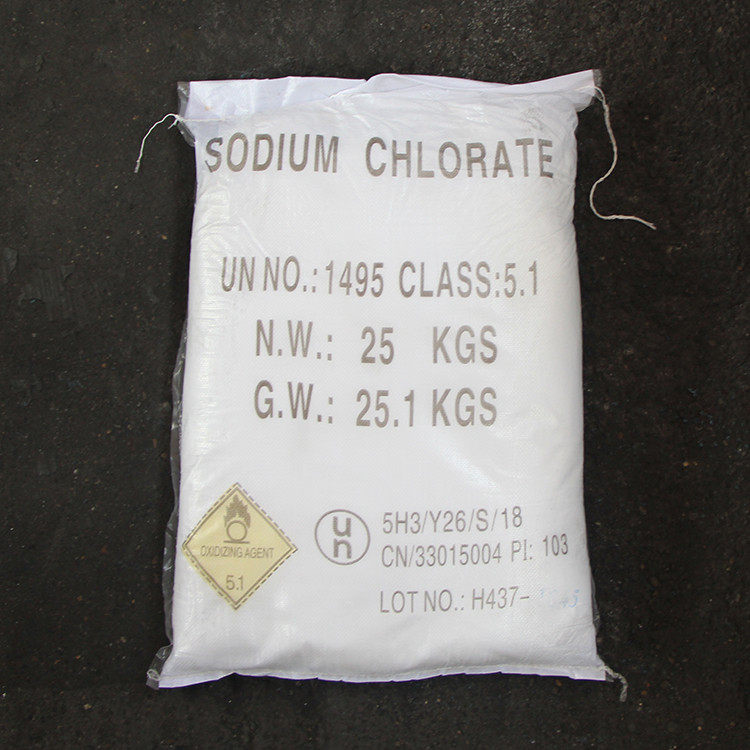



plumbous oxide
Plumbous oxide, also known as lead(II) oxide or litharge, is a chemical compound with the formula PbO. This inorganic substance is primarily known for its characteristic yellow color and is an important material in various industrial applications. The significance of plumbous oxide extends beyond its vibrant hue, as it serves multiple roles in different sectors, particularly in ceramics, glass, and electronics.
The production of plumbous oxide typically involves the oxidation of lead or its ores, particularly galena (PbS). When lead is heated in the presence of oxygen, it readily oxidizes to form PbO. This process requires careful temperature control to ensure the desired purity and properties of the oxide are achieved. The production methods can affect the size of the particles formed, which in turn influences the material’s reactivity and suitability for specific applications.
One of the key applications of plumbous oxide is in the manufacture of lead-based ceramics. Due to its ability to improve the thermal and mechanical properties of ceramics, PbO is widely employed in making tiles, tableware, and artistic pottery. The compound enhances the glossiness and durability of ceramic products, making them more appealing and long-lasting. In the glass industry, lead(II) oxide is utilized to produce lead glass, which is highly valued for its clarity, brilliance, and high refractive index. In lead glass production, PbO enhances the brilliance of glassware, making it a favorite choice for fine glass products like crystal and decorative items.
In the realm of electronics, plumbous oxide is a crucial component used in the production of semiconductors and other electronic materials
. Its unique electrical properties allow it to function as a dielectric material, which is essential for capacitors and other electronic devices. When used in photovoltaic cells, PbO plays a role in enhancing the efficiency of solar energy conversion.plumbous oxide

Moreover, plumbous oxide also finds usage in the production of batteries. Lead-acid batteries, which are commonly used in automobiles and uninterruptible power supplies, contain lead(II) oxide as a vital component in the negative electrode. The electrochemical properties of PbO contribute significantly to the energy storage capacity and overall performance of these batteries.
Despite its wide-ranging applications, it is important to note that lead compounds, including plumbous oxide, are toxic and can pose significant health risks if inhaled or ingested. Lead poisoning can result from exposure to lead dust, contaminated water, or food. Therefore, stringent safety measures and regulations are enforced in industries that handle this material to minimize exposure risks to workers and the environment.
In conclusion, plumbous oxide is a versatile compound with numerous industrial applications. From enhancing the properties of ceramics and glasses to playing a critical role in electronics and battery production, its importance cannot be overstated. However, the potential health risks associated with lead compounds necessitate careful handling and adherence to safety protocols, ensuring that the benefits of plumbous oxide can be utilized responsibly in modern industries.
-
Anhydrous Formic Acid 80% 85% 94% - High Purity SolutionsNewsAug.30,2025
-
Accurate Fire Assay Flux for Gold & Silver Ore AnalysisNewsAug.29,2025
-
Advanced Paint Chem Solutions: Quality Chemicals for CoatingsNewsAug.28,2025
-
Potassium Nitrate: The Ultimate Fertilizer for Agriculture and GardeningNewsAug.25,2025
-
Potasium Persulphate: A Versatile Chemical for Industrial ApplicationsNewsAug.25,2025
-
Industrial Applications of Sodium HydroxideNewsAug.25,2025
-
Industrial & Household Uses of Sodium BisulfateNewsAug.25,2025










